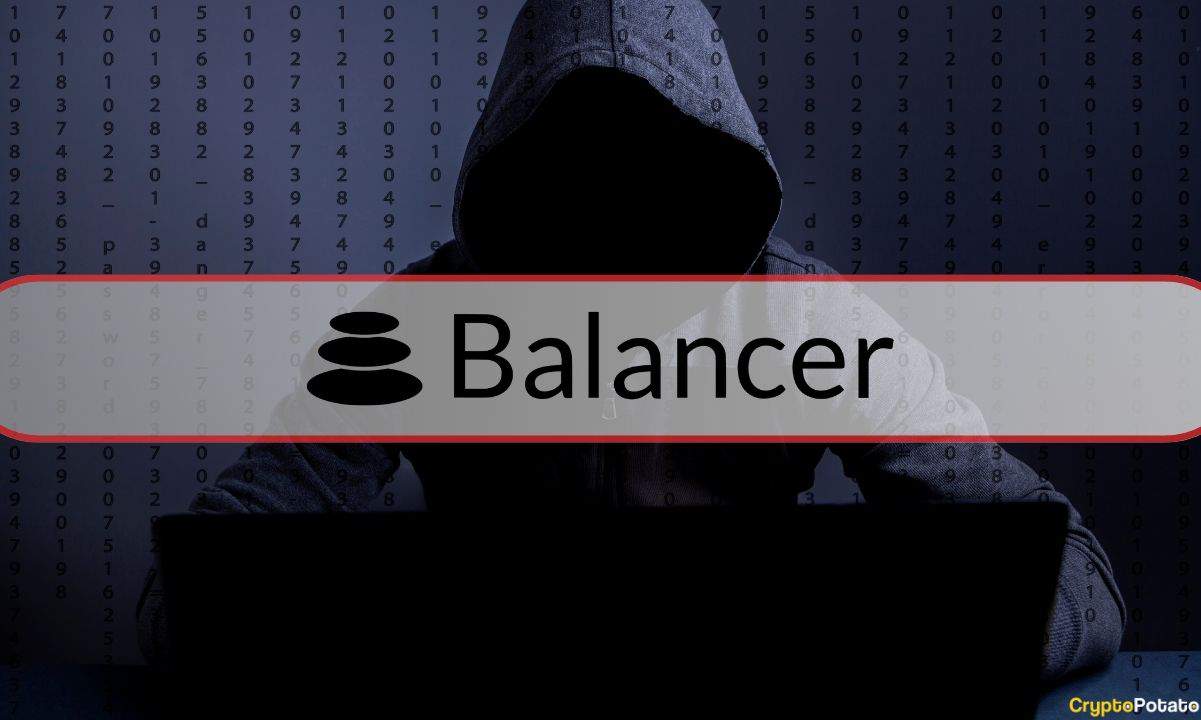TLDR
- Circle is launching Circle Payments Network (CPN), a new cross-border payment infrastructure using regulated stablecoins like USDC and EURC
- Major banks including Santander, Deutsche Bank, Société Générale, and Standard Chartered are advising on CPN’s design
- The network aims to enable real-time, low-cost settlement of international transactions, addressing inefficiencies in cross-border payments
- CPN will support use cases including supplier payments, remittances, payroll, capital markets settlement, and treasury operations
- Limited release is expected in May 2025, with the goal of connecting banks, neo-banks, payment providers, and digital wallets globally
Circle Internet Group, the company behind the $60 billion USDC stablecoin, announced its new Circle Payments Network (CPN) on Tuesday. The network aims to revolutionize cross-border payments by using regulated stablecoins to enable real-time settlement of international transactions.
The announcement came from Circle’s headquarters on the 87th floor of One World Trade Center in New York City. CEO Jeremy Allaire shared his vision for the stablecoin giant’s next move in the payments space during a launch event aimed at banks, fintech companies, payment service providers, and USDC strategic partners.
CPN is designed to connect various financial institutions, including banks, neo-banks, payment providers, virtual asset services, and digital wallets. It offers real-time, low-cost, and transparent settlement of international transactions using stablecoins like USDC and EURC.
Banking Partners and Industry Support
To ensure CPN meets high standards of trust and operational integrity, Circle has enlisted several major banks to help design the network. Banco Santander, Deutsche Bank, Société Générale, and Standard Chartered Bank are contributing their expertise in global payments.
Michael Spiegel, Global Head of Transaction Banking at Standard Chartered Bank, commented on the partnership.
“Circle’s compliance-first approach to building products like CPN is a game changer for how money moves across borders, and we are pleased to build on our partnership and offer them our global expertise,” he said.
The network is also supported by digital asset infrastructure platforms like Fireblocks. These platforms are working to connect their networks of institutional customers to expand access to efficient, secure cross-border payments.
Addressing Global Payment Inefficiencies
Circle believes CPN addresses longstanding inefficiencies in cross-border payments. According to the World Bank, international transfers can still take longer than one business day to settle and cost more than 6%. These issues have a greater impact on emerging markets and limit their global competitiveness.
“Since our founding, Circle’s vision has been to make moving money as simple and efficient as sending an email,” said Jeremy Allaire, Co-Founder, Chairman, and CEO of Circle. “CPN is a major step in making that vision a reality for businesses worldwide.”
Use Cases and Technical Features
CPN will enable a broad spectrum of cross-border money movement use cases. These include supplier payments, remittances, payroll, capital markets settlement, internal treasury operations, and onchain financial applications.
The network is powered by smart contract infrastructure and modular APIs. This enables third-party developers to build advanced modules, app services, and automated financial workflows directly on top of CPN.
“Circle Payments Network is a foundational layer for the always-on economy — enabling trusted institutions to move value across borders, instantly,” said Nikhil Chandhok, Chief Product and Technology Officer at Circle. “With programmable infrastructure at its core, CPN makes it possible to embed value transfer into modern financial applications in ways that weren’t feasible before.”
Regulatory Framework
CPN operates under a robust governance framework. Participants must meet strict eligibility standards, including licensing, AML/CFT compliance, financial risk management, and cybersecurity protocols.
By leveraging regulated stablecoins like USDC and EURC, CPN enables seamless connectivity to domestic real-time payment systems worldwide. At the same time, it upholds the compliance, security, and trust required for financial institutions to meet their regulatory obligations.
The launch comes at a time when new regulations around the globe are opening up the stablecoin space. Circle has shared the spotlight in this area with larger rival Tether.
Market Context and Timing
Stablecoins have reached an adoption level where the technology could disrupt global money transfers. Venture capital firm Andreessen Horowitz recently compared this potential disruption to how WhatsApp transformed international calls.
In recent interviews, crypto custody tech specialists Fireblocks pointed to billions already being moved by payment services providers. These providers are using stablecoins like USDC and USDT for cross-border payments.
The announcement comes shortly after Circle postponed its planned initial public offering (IPO) due to uncertain market conditions.
Circle Payments Network is expected to be released in a limited capacity in May 2025.

 6 months ago
112
6 months ago
112









 English (US) ·
English (US) ·